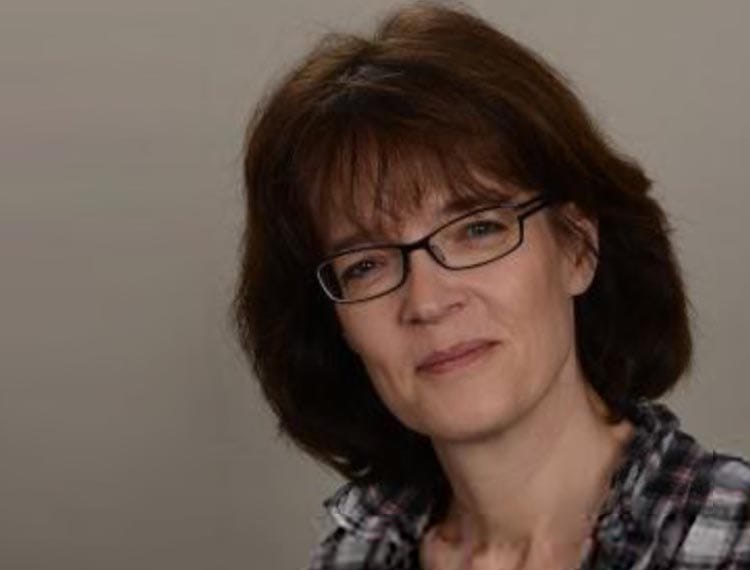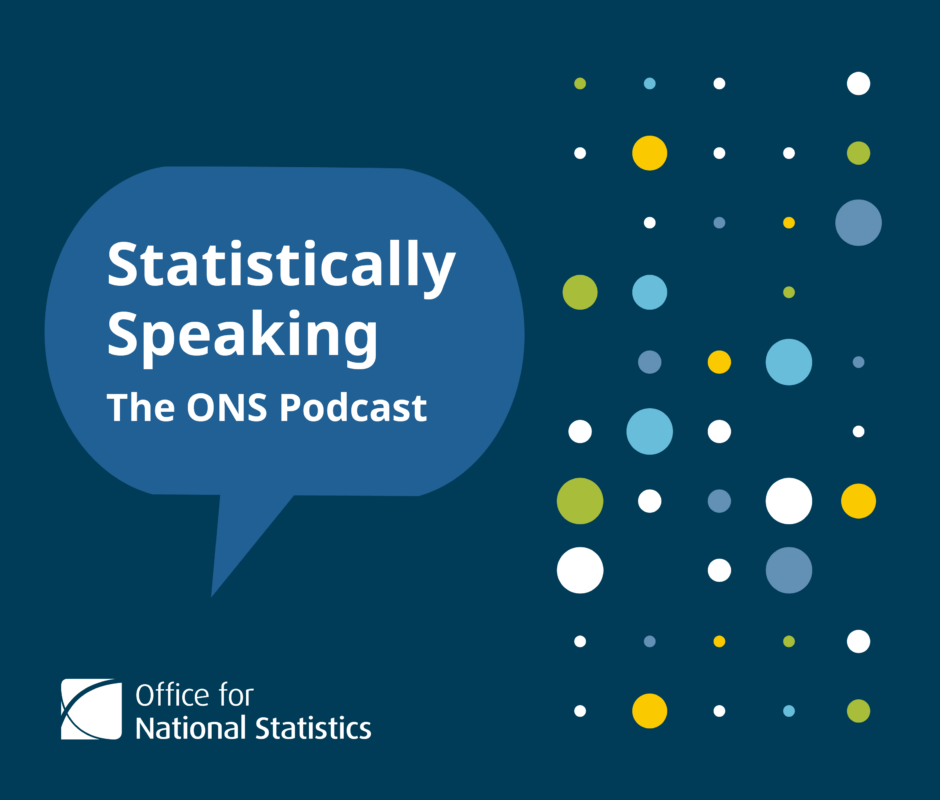Two-thirds of Young Swiss Enrol to Apprenticeships? Barbara Stalder

Hello and welcome to #SkillsWorld the Podcast. I’m back in Germany again this week where I’m attending the International Conference on Innovative Apprenticeship.
In the previous episode, we talked to colleagues about the famous German dual apprenticeship.
In this episode, we’re going to focus on Switzerland, which has many similar characteristics with the German model. Arguably, of course, when we spoke to the Germans, they were very kind in saying that they thought the Swiss model was better than the German dual model.
So, joining me this week as my guest is Professor Barbara Stalder, who is the Head of Teacher Education. She actually has a number of responsibilities at the Bern University of Teacher Education, but she’s here with me now, and we’re going to talk about the Swiss apprenticeship model. Welcome, Barbara.
How would you describe the Swiss apprenticeship model?
Professor Barbara Stalder: Thank you, Tom, for asking this question. Indeed, the model of German apprenticeship is often looked at as a golden standard.
So traditionally, apprenticeships are at the upper secondary level. That means it is young people who enrol in those kinds of programs, beginning at the age of 15 or 16.
Apprenticeships are available for young people with very low skills, but also very talented young people.
They are from two years to four years, different kind of professions, different kinds of academic levels.
About two thirds of the young people in Switzerland enrol in this kind of program.
Tom Bewick: Yes. And you’ve mentioned now that it’s a program that caters, it seems, for all abilities. I mean, obviously, for those that are in a different track in the school system.
In terms of the culture around apprenticeships in Switzerland, why in particular are there as many as two-thirds of young people doing apprenticeships?
Professor Barbara Stalder: Well, there are several reasons for that. One is apprenticeships, or vocational education training has a very long tradition. It has a high reputation. Parents, teachers, young people, but also for employers.
So, it’s one of the main means to produce a skilled labour force for employers in all kinds of occupational domains. One reason is also that access to upper secondary generous education is very limited. It’s restricted. And parents, teachers support that. They find it more attractive to go to an apprenticeship. At least that’s what studies say.
There is a kind of a shift towards general education, and some parents think it’s better for their young people, for their kids to go to that university track. But still the reputation and status of vocational education and training, and apprenticeships especially, is very, very high.
Tom Bewick: And is that because the employers are offering good quality placements? Obviously, apprentices are employed. What’s the average duration, then, of a Swiss apprenticeship in a typical program that a young person would enrol on then having completed the lowest secondary phase of their education?
Professor Barbara Stalder: So, there are basically two kinds of programs:
- There are short programs running for two years for, we say more practically gifted young people.
- Then there are three to four-year programs for the more talented people.
One important thing is that every program, is standardised at the national level. So, every program is supported by a certificated diploma and every program leads to another program.
So, if you start with a two-year program, you can afterwards continue with a three- or four-year program. If you have finished the apprenticeship, you can combine that with an additional general education program and you can access to education and training at the University, or University of Applied Sciences tertiary level education.
So, it’s very important apprenticeships are always offering pathways into further education.
Tom Bewick: Absolutely. And I mean, two points in particular stood out for me there:
- The one was about the standardisation of the programs.
- And the second point was about the progression on from these programs to other programs
Including it seems there’s no artificial ceiling from potentially an apprentice going on and doing a PHD in engineering from what you’re saying.
Progressing onto a PHD is a possibility within the Swiss apprenticeship model, is that correct?
Professor Barbara Stalder: That is correct. I mean, it takes a long way to get there.
Tom Bewick: All PHDs on whatever track will take a long time. But, you know, I think the point is a progression. But coming back to the standard side of things, there’s standardized programs.
Just unlock a little bit for my listeners the process of how those standards are put together, because in England there’s a huge reform around the apprenticeship program standards. Critics of the program would say it’s very top down and hierarchical. Would that be a fair characterisation of the Swiss way of doing things as well?
When you put the standards together, is it more of a bottom up sort of exercise, by consensus?
Professor Barbara Stalder: So, I think one of the most important characteristics of the Swiss system is the public-private partnership.
So, for instance, if you want to establish a new apprenticeship in a new occupation, so it’s the federal authorities, the door, so the private partners, so the employer associations, the social parties.
They together develop the program, and most important, it’s the social partners and the employers who define the content and the standards of the apprenticeship, meaning the skills to competencies that have to be acquired.
Also, the kind of qualification the young people get. The federal authorities, they do all the regulations, and they have a lot of discussions and talks to develop.
Tom Bewick: So, the social partners are the employers and where trade unions are present, you say developing the content and you have the federal authorities regulating the system. What happens if there’s a sort of disagreement amongst some companies about the exact direction of a particular occupation, and how that then translates into a program? I mean, is there a sort of process of continual review? Is it possible to sort of challenge the content, the pedagogy? Or is it, you know, a system where once it’s decided and the federal authorities have signed off on those programs, then, you know, you’re locked into the system? I mean, I’m just trying to get from you the extent to which it’s an iterative sort of process as opposed to a very sort of standardized bureaucratic process, perhaps.
What happens if there’s a disagreement amongst some companies about the exact direction of a particular occupation, and how that then translates into a program?
Professor Barbara Stalder: Once a regulation and an ordinance, we say, and an education plan is established and agreed on, then there are constant renewable discussions, and from time to time there is a new regulation and the education plans are adapted.
It’s not a single company that decides. So, it’s an association, which is kind of important.
Tom Bewick: That’s a key point, isn’t it? So, if it’s an industry association, presumably these are not government or federal bodies, these are independent of the state. These are sort of owned by the employers.
So, in that sense then, and that’s actually quite a useful comparison when I’m thinking about the current approach to developing standards in England where there are these so-called, well have been, these so-called trailblazer groups, groups of employers.
But they’ve effectively been sort of committees, un-constituted, that have been supported by, what would be the equivalent of your sort of federal civil servants, in creating the content.
What our model is not being grounded in is, if you like, as a sort of institutional semi-autonomous or autonomous organisations from the state.
So, it sounds to me in Switzerland you’ve got that public-private partnership, where the state is kind of recognizing that the associations are independent of the state.
But at the same time, the associations need the support and the enabling sort of framework of the state in order to make the apprenticeship program work.
Professor Barbara Stalder: And we have a federal law on vocational education and training, and we have this double functionality. So, it’s an apprenticeship or VET program. It’s not only for the employers to develop skills and competencies needed by the labour market, because it’s also an educational functionality, so young people should be able to learn how to learn and they should be enabled to have their own career, to establish their own career.
So, it’s kind of this social functionality, which is also important. And the employers have or employer organizations, when they develop the content, they have to respect that.
Tom Bewick: Yes. So, coming to the close of this really, really interesting discussion, I mean, I’ve found out more about the Swiss model in 10 minutes talking to you, Barbara, than all the reading that I’ve done on it over the years.
But every system has its challenges. You know, the world of work is changing. There’s a lot of talk here at this international conference about the future of work, about a fourth industrial revolution.
What are some of the challenges do you see around the Swiss apprenticeship model, which, as you’ve rightly said historically, has been about preparing two thirds of young people to hopefully get rewarding careers in the labour market. But the labour market is also changing all the time.
What are some of the challenges, do you think, around keeping the gold standard Swiss Apprenticeship model?
Professor Barbara Stalder: Well, as you said, one of the challenges is really to adapt the content, and the curricula, and the aims of the apprenticeships provided to young people, to the needs of the labour market, but also to attract the young people to all kinds of apprenticeships.
To find young people, the talented ones, to find them and attract them to apprenticeship training, or to vocational education training, but also to offer new programs for new kinds of people coming to Switzerland. Like we have a new program for refugees, and migrants coming.
So, we have to be sure to want to ensure that we keep up this broad variety of programs offered to young people and remaining attractive to employers. That is one of the challenges, and we have to work on quality.
We have to work on quality education at schools, we have to work on quality training at the companies. This remains a very important issue.
Tom Bewick: Well, let’s end the discussion there on that all-important word quality. Professor Barbara Stalder from Bern University of Teacher Education, thanks for joining #SkillsWorld today.










Responses